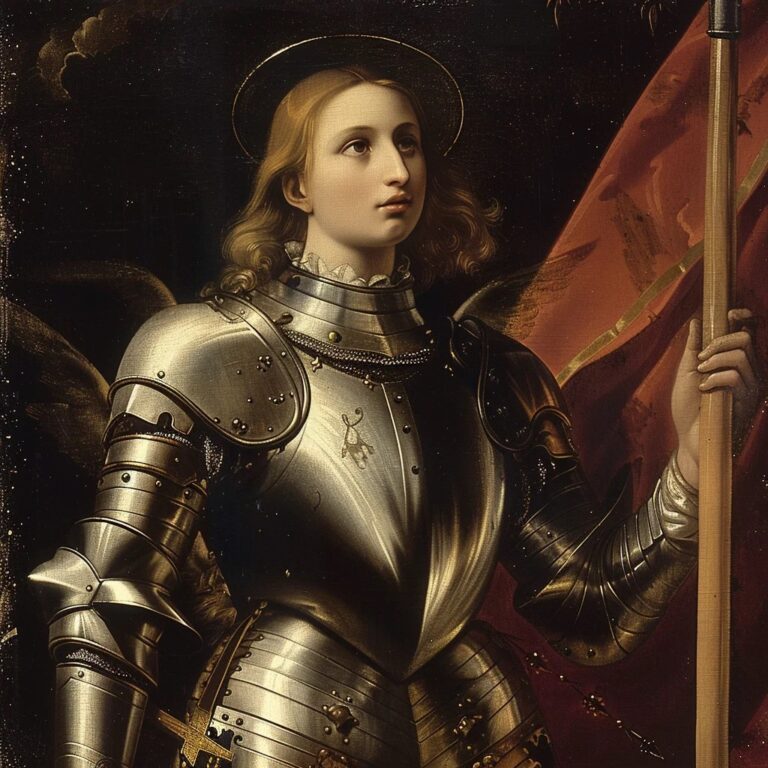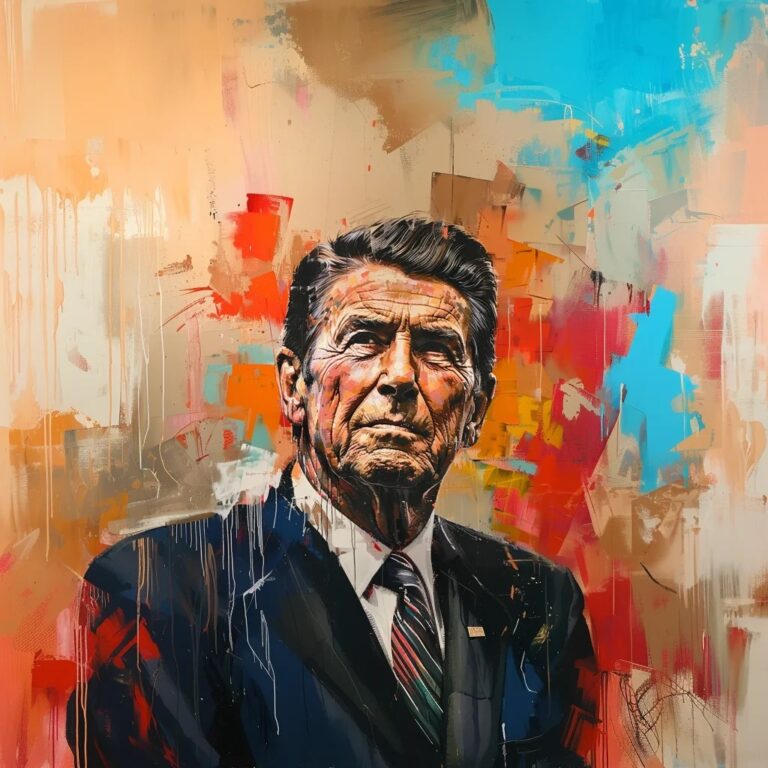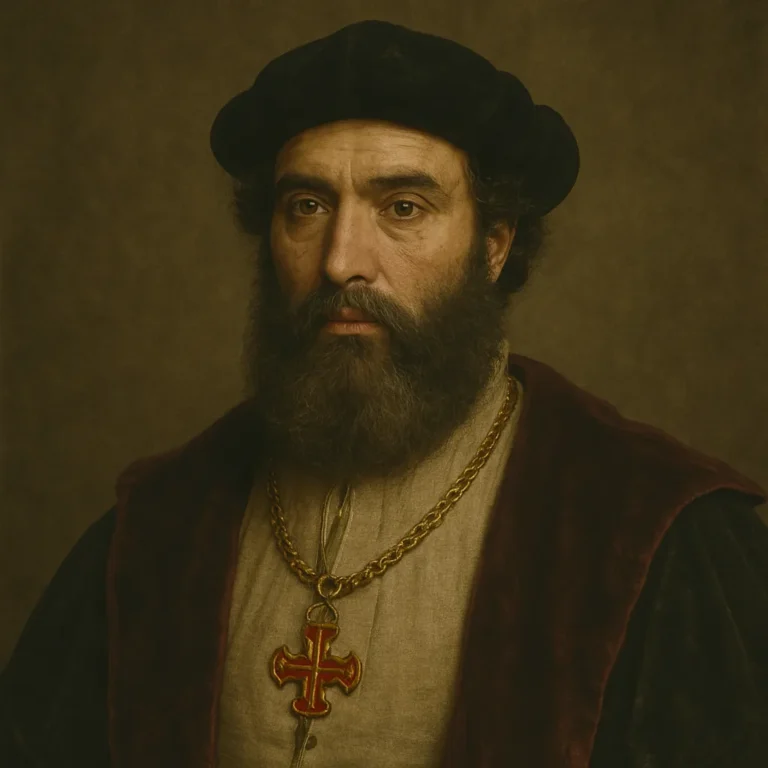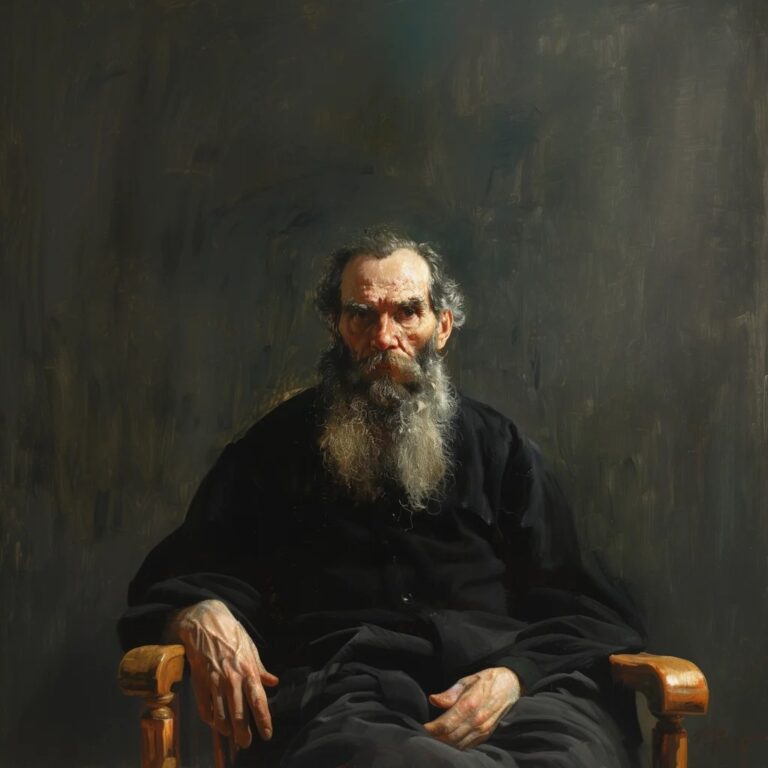Joan was born around 1412 in Domrémy, France.
She began having visions of saints instructing her to support Charles VII and drive out the English.
Joan convinced Charles VII to let her lead an army to the besieged city of Orléans.
She successfully lifted the siege of Orléans in 1429, a turning point in the Hundred Years' War.
Joan was captured by Burgundian forces in 1430 and sold to the English.
She was tried for heresy and witchcraft and was burned at the stake on May 30, 1431.
Joan of Arc was canonized as a saint by the Roman Catholic Church in 1920.
She is the patron saint of France and soldiers.
Joan's trial transcripts were later reviewed, and she was declared innocent in 1456.
She wore men's clothing and armor during her military campaigns.
Joan claimed that her visions came from Saint Michael, Saint Catherine, and Saint Margaret.
Her nickname, 'The Maid of Orléans,' reflects her role in the city's liberation.
Joan of Arc's story has inspired countless works of art, literature, and film.
Mark Twain wrote a novel about her titled 'Personal Recollections of Joan of Arc.'
Joan's courage and faith made her a symbol of French unity and nationalism.



